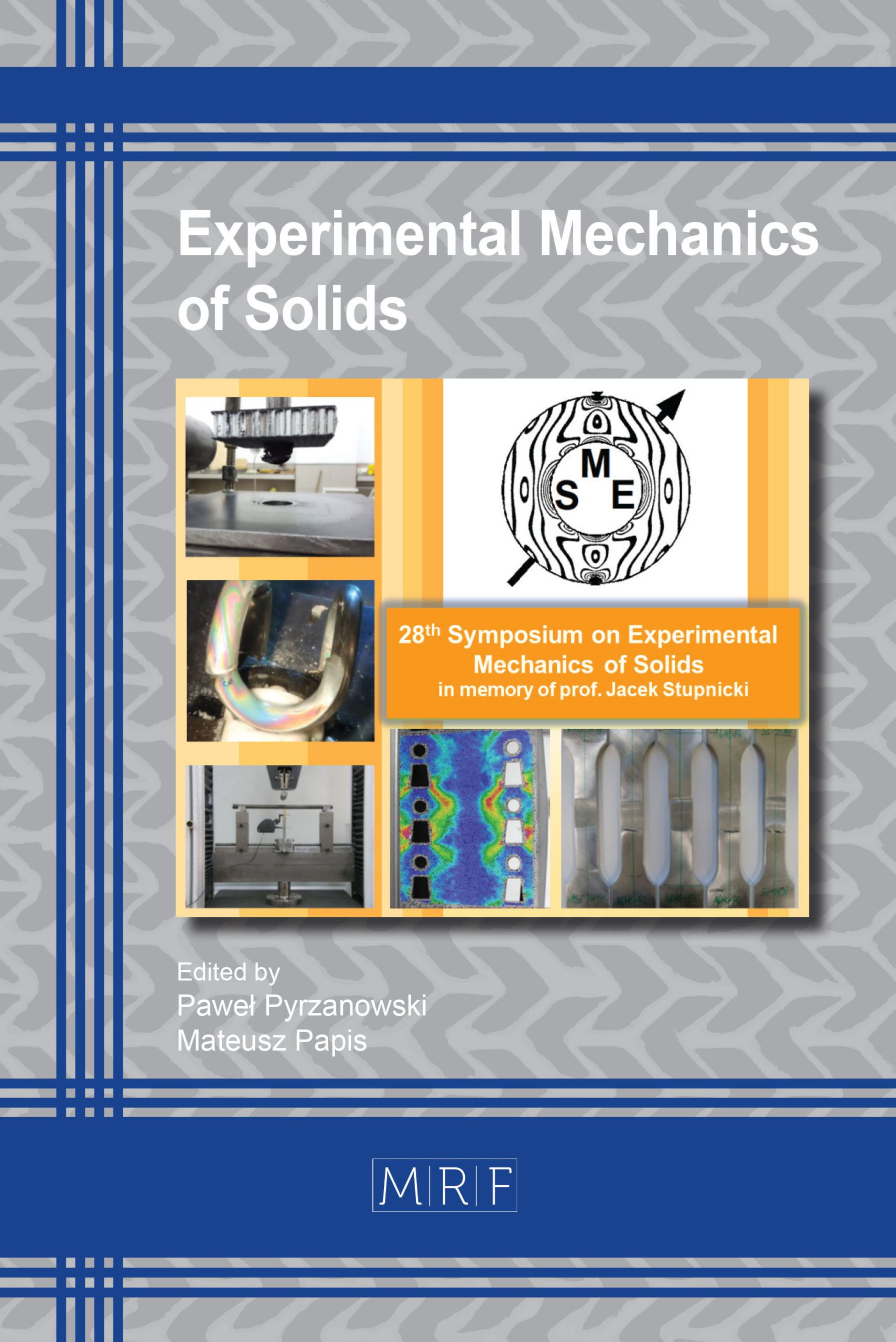Application of the Photoelastic Coating Technique in Car Suspension Failure Analysis
Ludomir J. Jankowski, Marek Reksa
download PDFAbstract. The article presents the results of an experiment carried out to determine the cause of damage to the right rear trailing arm of a passenger car. The routine inspection of the vehicle and the test of the arm damaged during the running have indicated production defects as the cause of a dangerous failure. The results of the expertise were questioned and the thesis was formulated that the process of the rocker failure was initiated during the theft of wheels by raising the car in a manner inconsistent with the manufacturer’s instructions. A simulation of this event was carried out by lifting the vehicle on the trailing arm. To assess the effort of the rocker, the photoelastic coating technique was used. The analysis of the measurement results showed that the theft incident could not initiate the fatigue process that led to the failure of the trailing arm.
Keywords
Trailing Arm Failure, Photoelastic Coating Technique, Fatique Fracture
Published online 5/25/2019, 6 pages
Copyright © 2019 by the author(s)
Published under license by Materials Research Forum LLC., Millersville PA, USA
Citation: Ludomir J. Jankowski, Marek Reksa, Application of the Photoelastic Coating Technique in Car Suspension Failure Analysis, Materials Research Proceedings, Vol. 12, pp 65-70, 2019
DOI: https://doi.org/10.21741/9781644900215-9
The article was published as article 9 of the book Experimental Mechanics of Solids
![]() Content from this work may be used under the terms of the Creative Commons Attribution 3.0 licence. Any further distribution of this work must maintain attribution to the author(s) and the title of the work, journal citation and DOI.
Content from this work may be used under the terms of the Creative Commons Attribution 3.0 licence. Any further distribution of this work must maintain attribution to the author(s) and the title of the work, journal citation and DOI.
References
[1] W. Dudziński, M. Lachowicz, Metallographic examination of car axle components after an accident (in polish), unpublished expert opinion, Wroclaw University of Science and Technology (2004)
[2] J.W. Dally, Experimental Stress Analysis, third ed., McGraw-Hill, Inc., New York, 1991.
[3] A. S. Khan, X. Wang, Strain Measurements and Stress Analysis, first ed., Prentice Hall, 2001.































